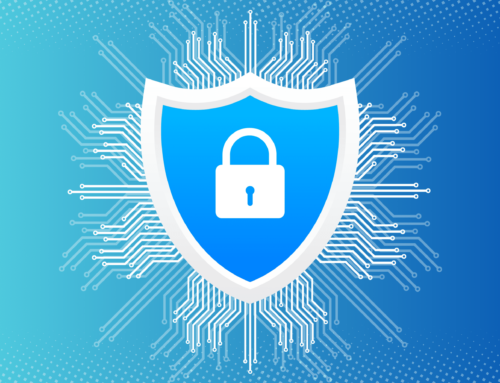Only 17% of Internet of Things (IoT) devices haven’t experienced some type of cyberattack over the last 13 months. One of the reasons for this is that the security measures for these types of devices are somewhat lacking. Additionally, encryption protocols for these devices often have a higher level of vulnerability to security incidents, making it easier for patient data to fall through the cracks. These are only a few of the challenges the Internet of Things presents in healthcare interoperability.
Something to consider is how the chances of cyberattack occurrences are continuing to expand. One of the biggest challenges with this is a complete lack of universal standards. While the fix for this is currently evolving in the right direction, more risk managers and healthcare business owners want to know what security problems IoT is more prone to causing in healthcare interoperability and how to prevent those problems before they start.
Keep reading to learn more about IoT within healthcare interoperability and how to mitigate issues that often arise within it.
Are You Already Aware of How IoT Is Specifically Used Within Healthcare?
IoT is a way of connecting multiple devices to exchange information. This is done by embedding a certain type of software or sensor within the devices that are being used. In healthcare, this type of technology is used in multiple ways, including remote patient monitoring, conducting telemedicine efforts, and coordinating supply chain management.
Companies have also become accustomed to using this technology for asset management and as wearable healthcare devices. In terms of healthcare interoperability and IoT, physicians can now collect data in conjunction with care delivery, and this technology also gives them the ability to form more suitable treatments for a patient’s diagnosis.
However, while this is a great upward shift for the industry, the more wireless connectivity you have, the more prone you are to security issues and cyberattacks on your operations.
The Primary Security and Privacy Issues in Healthcare
When you consider IoT within healthcare, or even IoMT specifically, some of the top security risk concerns are:
- Issues with regulatory compliance
- Ransomware and malware attacks
- Data breaches
- Disrupted patient safety
- Unauthorized accesses
- Breaches of healthcare monitoring technology
Additionally, you have to consider the chance of a device hijacking, which isn’t as far-fetched as you might think.
Mitigating Security and Privacy Issues With IoT in Healthcare
The integration of IoT isn’t anything new, but for businesses that don’t prioritize security and privacy, it can be difficult to monitor and properly maintain. Some key strategies can be used to help mitigate the number of security and privacy issues with healthcare information technology. Risk managers just have to be aware of them and know how to implement these strategies in practice while also recognizing when a certain approach is needed.
As an example, risk managers should understand the importance of certain levels of encryption and authentication because these are two proactive strategies that could prevent avoidable exposure to different security risks. Implementing more robust encryption programs can also help to limit data breaches and lapses in patient data privacy. Allowing certain authentication methods like biometric technology or MFA (multi-factor authentication) can also complement the efforts that streamlined encryption presents.
Additionally, healthcare companies can try:
- Keeping up with regular software updates as needed
- Segmenting used networks across the company
- Monitoring regulatory compliance and regulation changes or updates
- Implementing continued employee training
- Creating an incident response plan (IRP)
These techniques all play a part in reducing the risk of data breaches within IoT use.
Forming a Way to Enhance and Protect Your Internal Processes and Technology
Security and privacy issues in healthcare aren’t going anywhere anytime soon. This means that healthcare businesses have to be intentional about how they keep up with their security compliance when it comes to IoT. Using an all-in-one tool that allows you to track compliance tasks without any effort, have access to training at your fingertips, and manage all incidents, including areas of vulnerability, can help.







